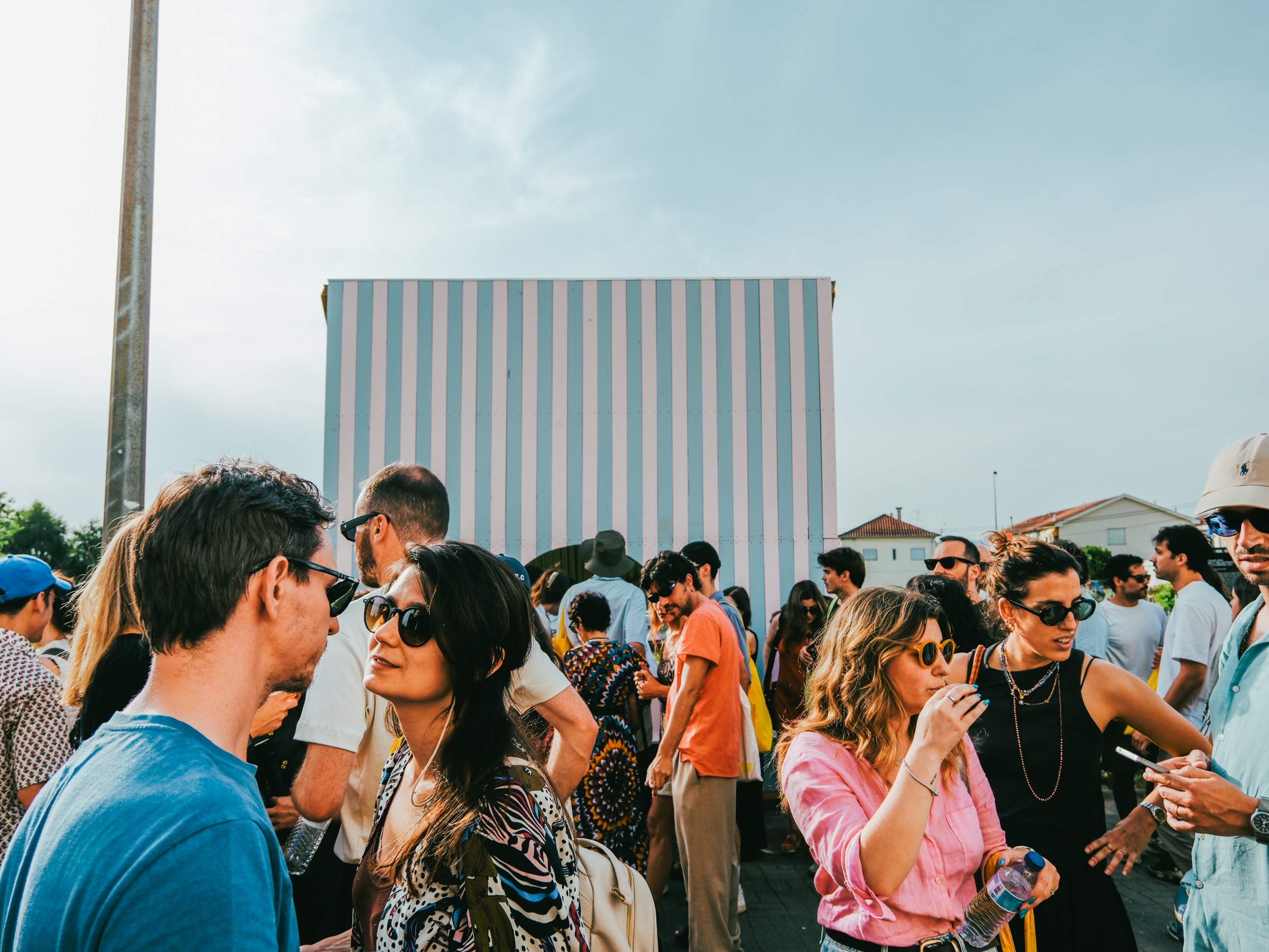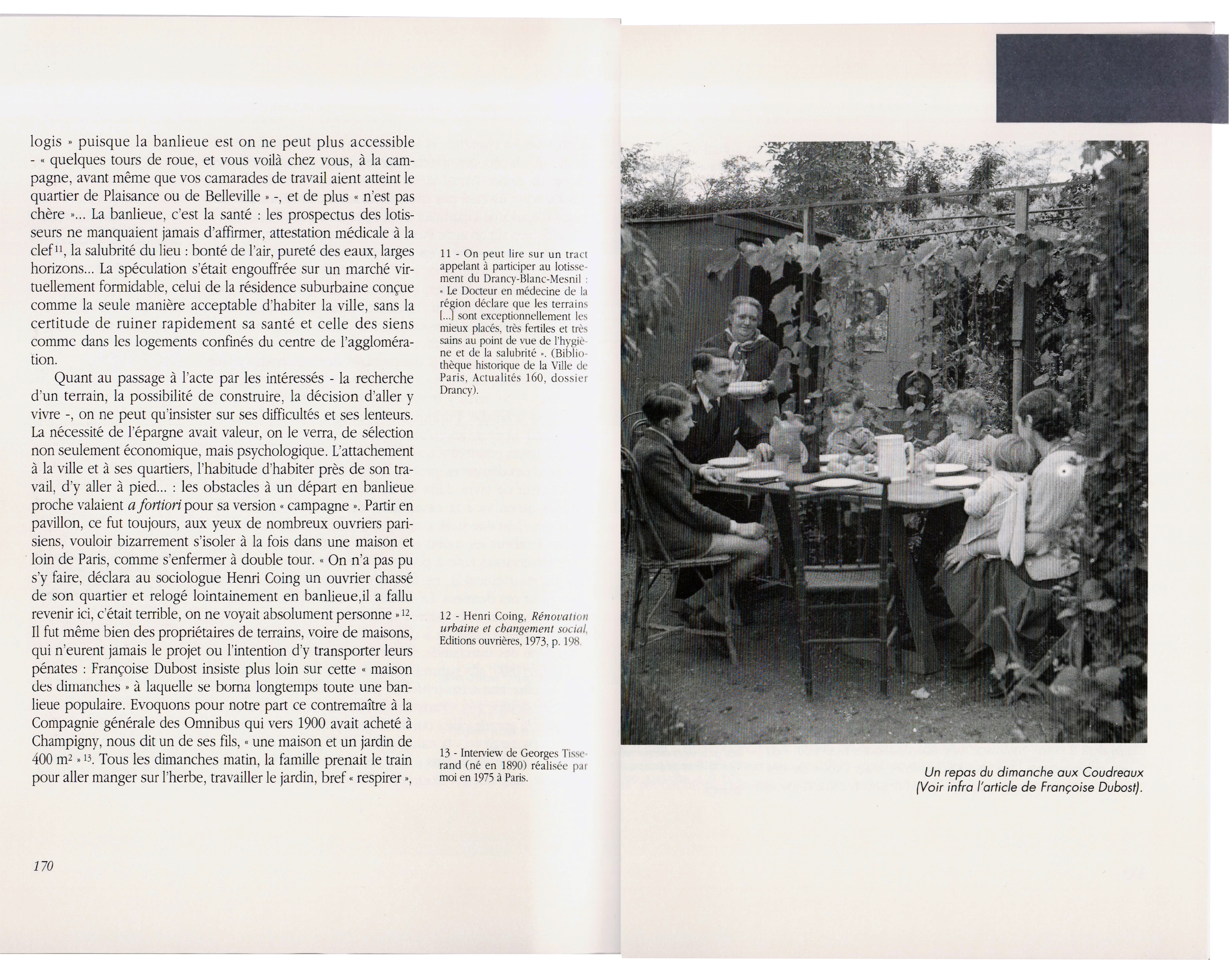
São Vicente
Braga, 2024–25 , Ongoing
Team
João Paupério
Maria Rebelo
Axelle Van Nuffelen
Elias Schmitz
Axelle Van Nuffelen
Photography
José Caldeira
São Vicente
Braga, 2024–25 , Ongoing
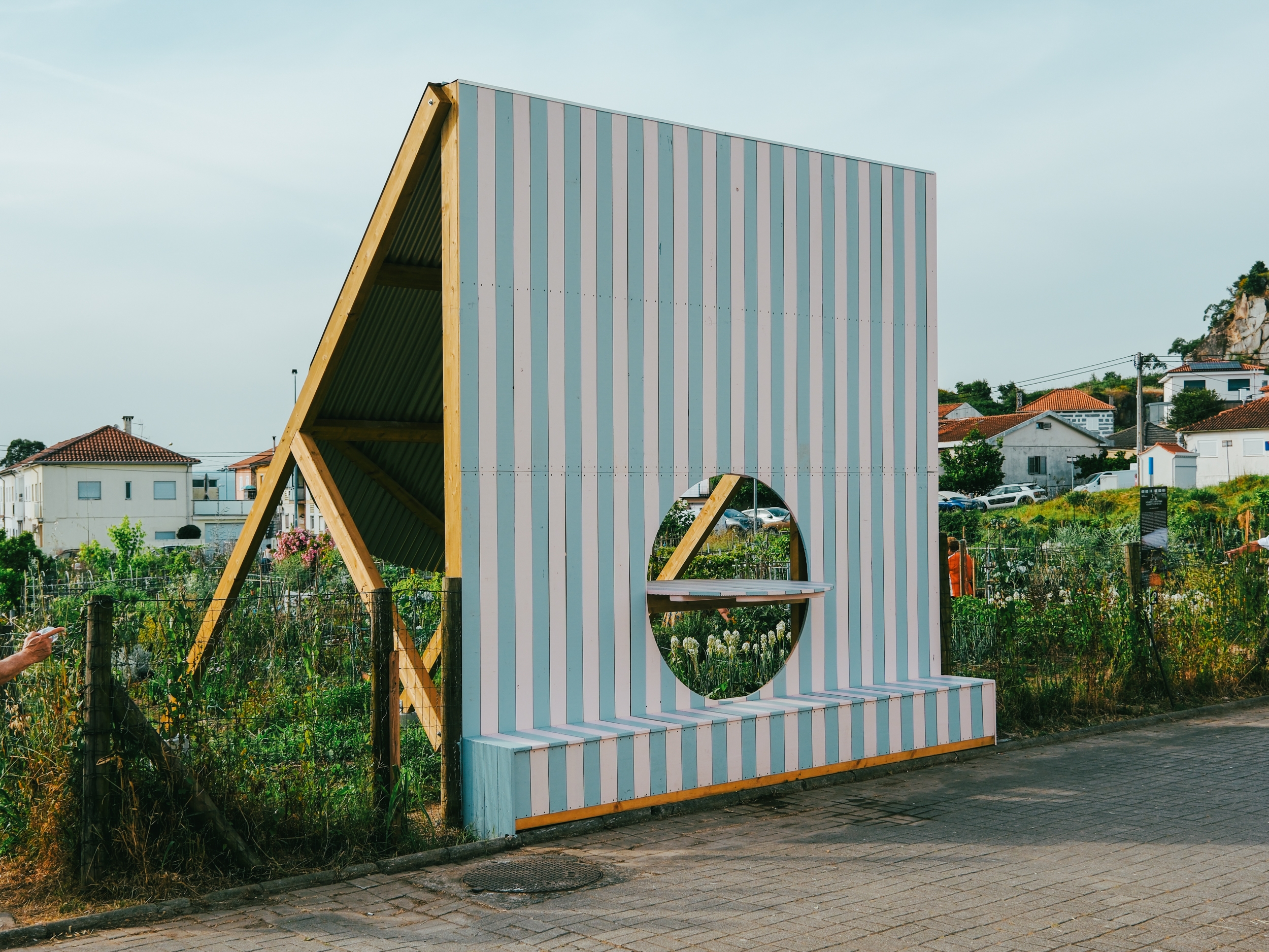
The purpose of this architectural artifact lays in the sense of permanence made possible by turning it into a functional ornament.

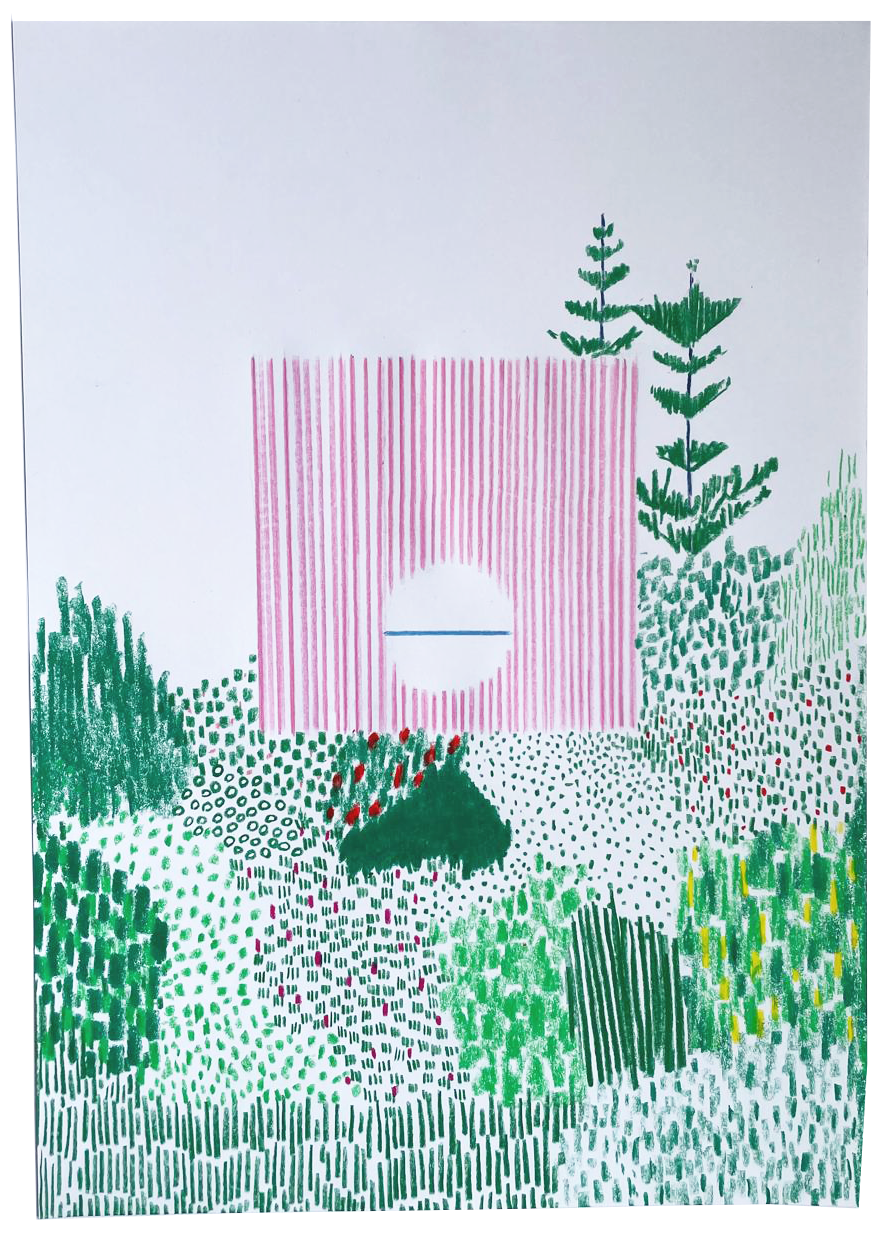
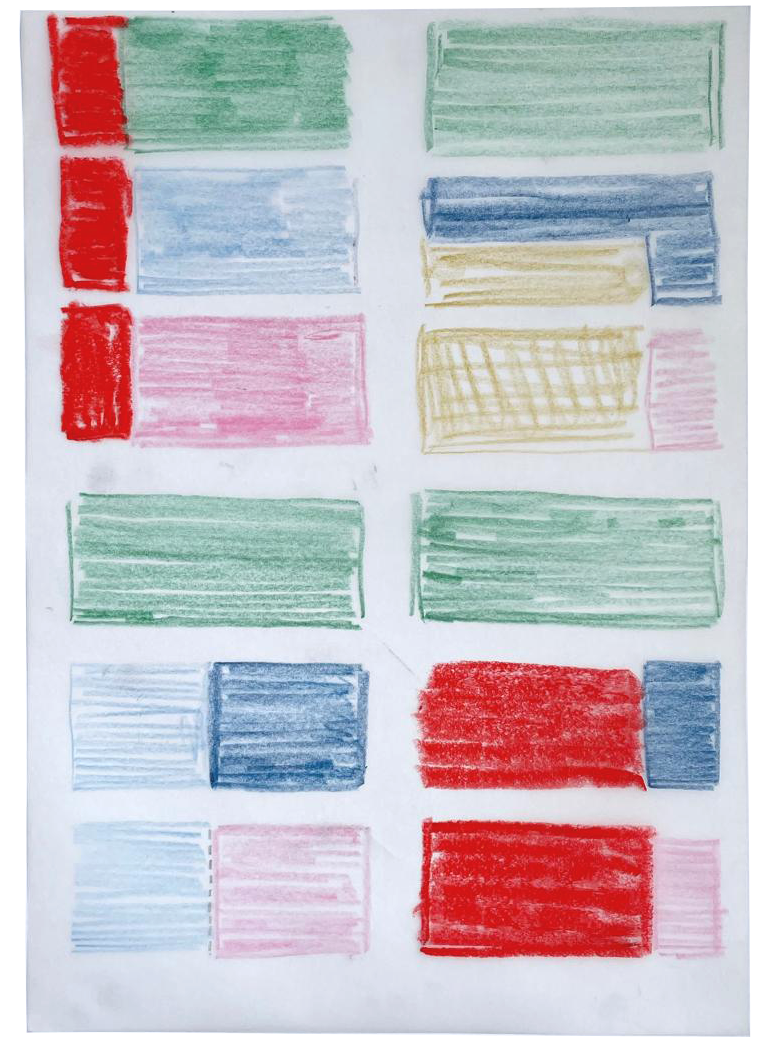

Between the neighbourhoods of Andorinhas and Misericórdia, in Braga, this pavilion is set within the São Vicente urban allotment, in the context of the city’s celebration as the Portuguese Capital of Culture in 2025. The allotment itself is a space for collective cultivation which, like so many other peripheral community gardens, carries a long cultural and social legacy. Inspired by the constructions of French workers’ gardens — where newly arrived labourers in the city found not only a means of subsistence, but also a place for rest, gathering, and culture — we proposed building a structure capable of offering shade, support, and shared time to the gardeners and to the community who inhabit this place alongside them. A monument to the everyday life of those who work to produce the city: their own, and that of others.
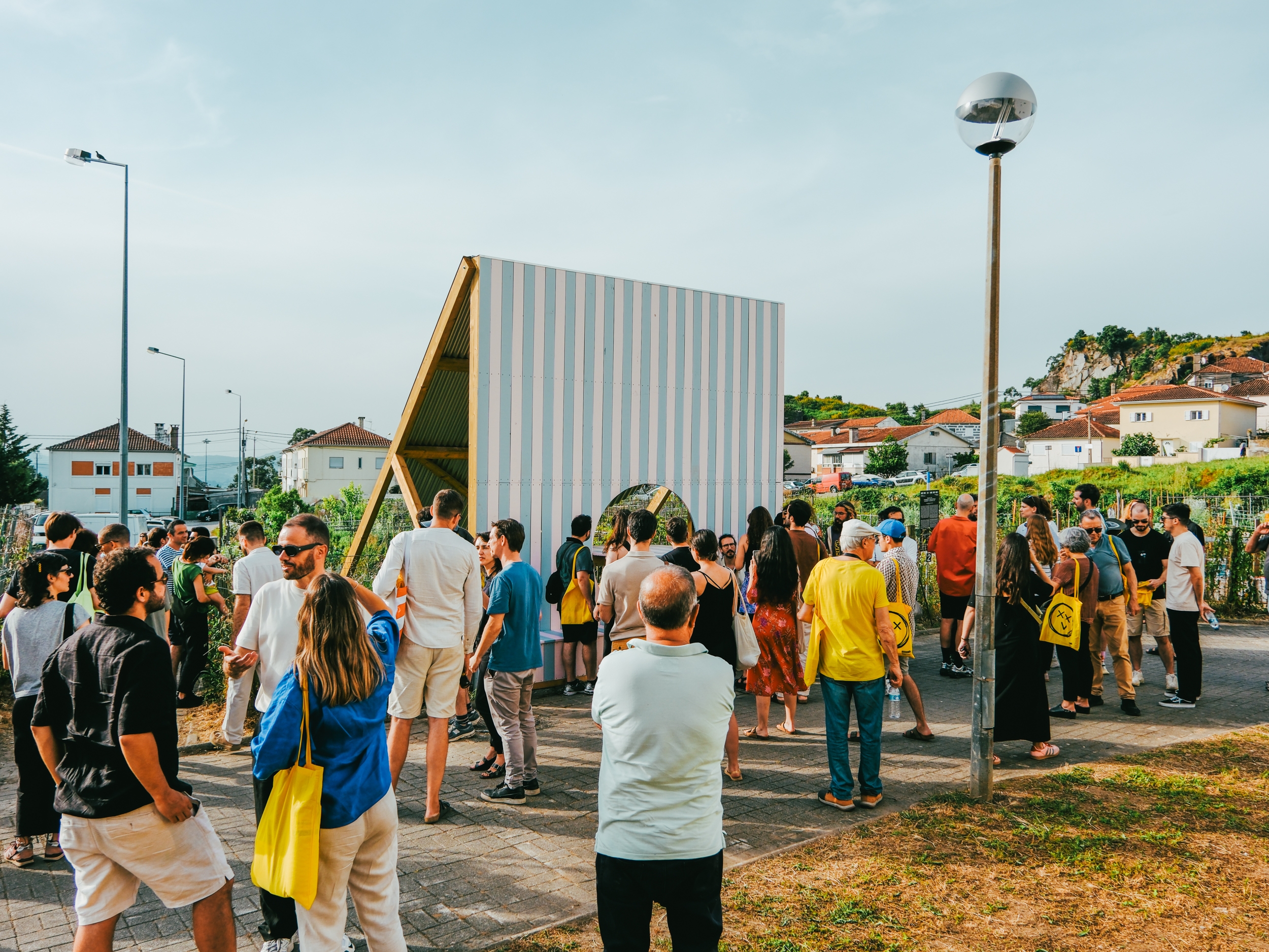
Situated at the threshold between the allotment and the pedestrian path of the Andorinhas neighbourhood, the monument takes the form of a square wooden structure measuring 4 by 4 metres, distinguished by a triangular section that economises on materials and construction effort. The side facing the neighbourhood features wooden slats painted alternately in pink and blue, from which a circle with a diameter of 1.40 metres is cut out. This circle rotates on its axis, transforming into either a table or a window, activating the relationship between inside and outside — between the allotment and the neighbourhood. On the outside, a bench welcomes passers-by; on the inside, a shelter offers protection for the gardeners, creating a space for rest, gathering, and sharing. Between the two, the circular table becomes a symbolic and practical point of contact — where surplus produce can be shared, conversations held, or card games to be played.
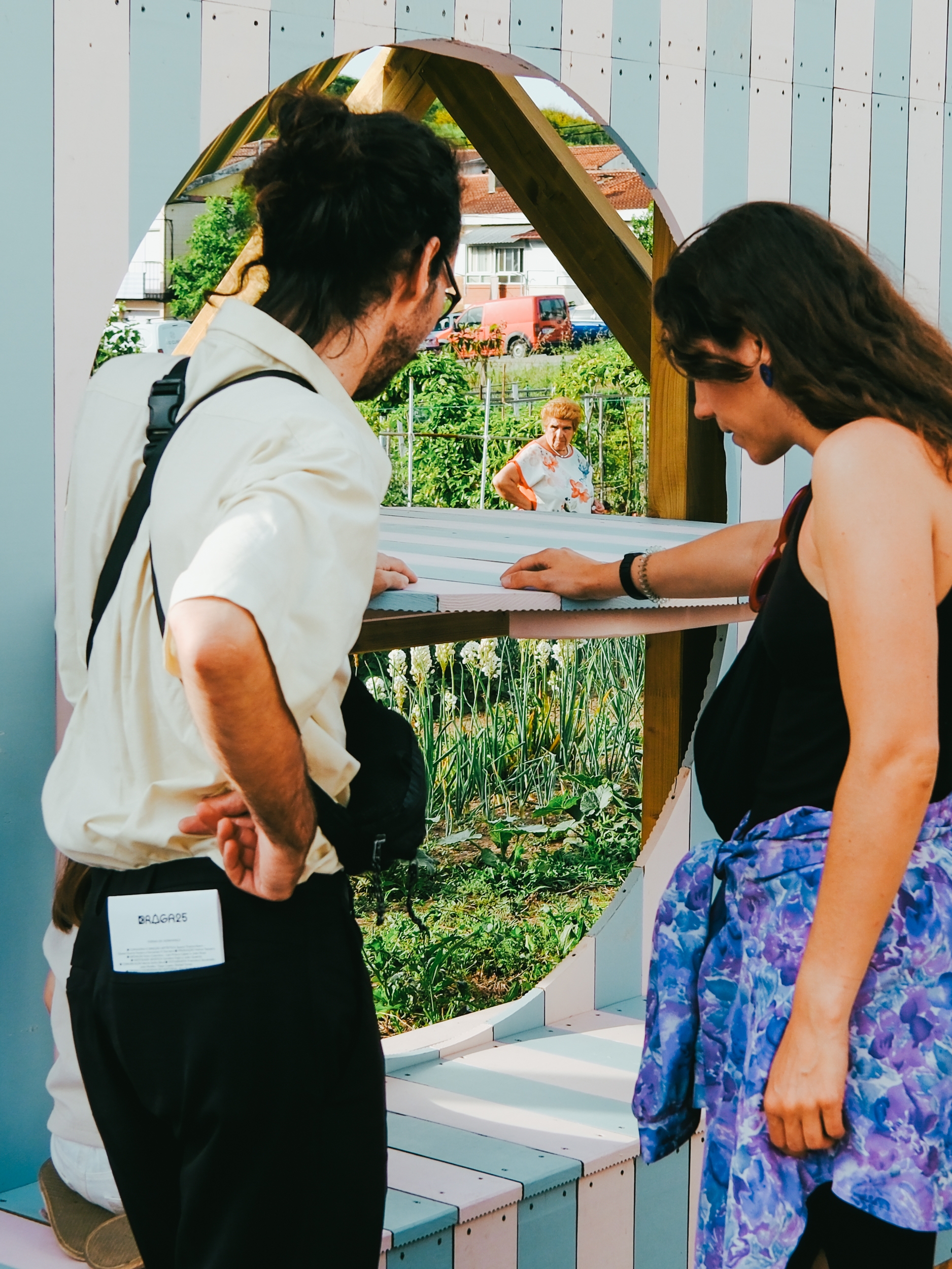
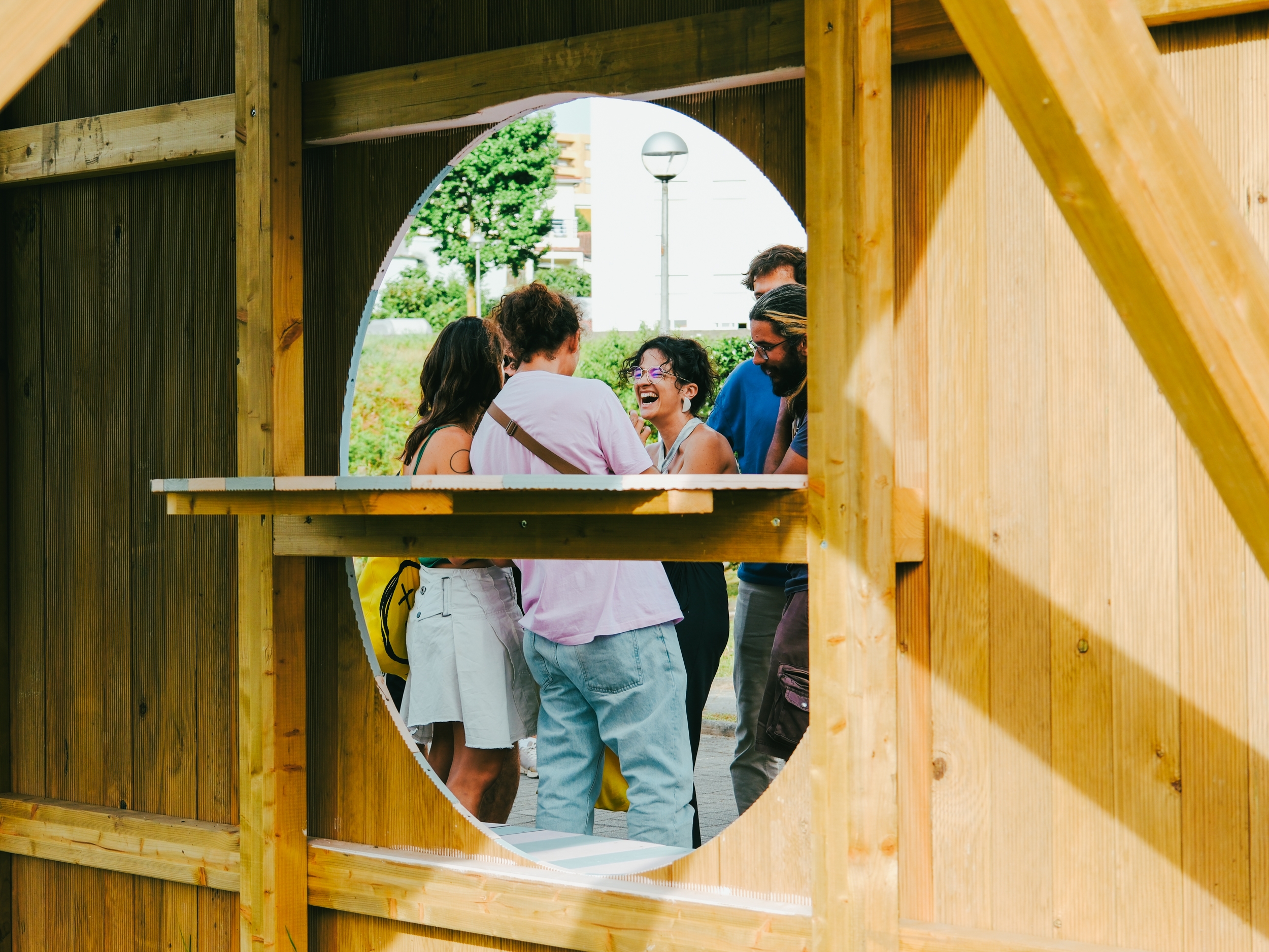
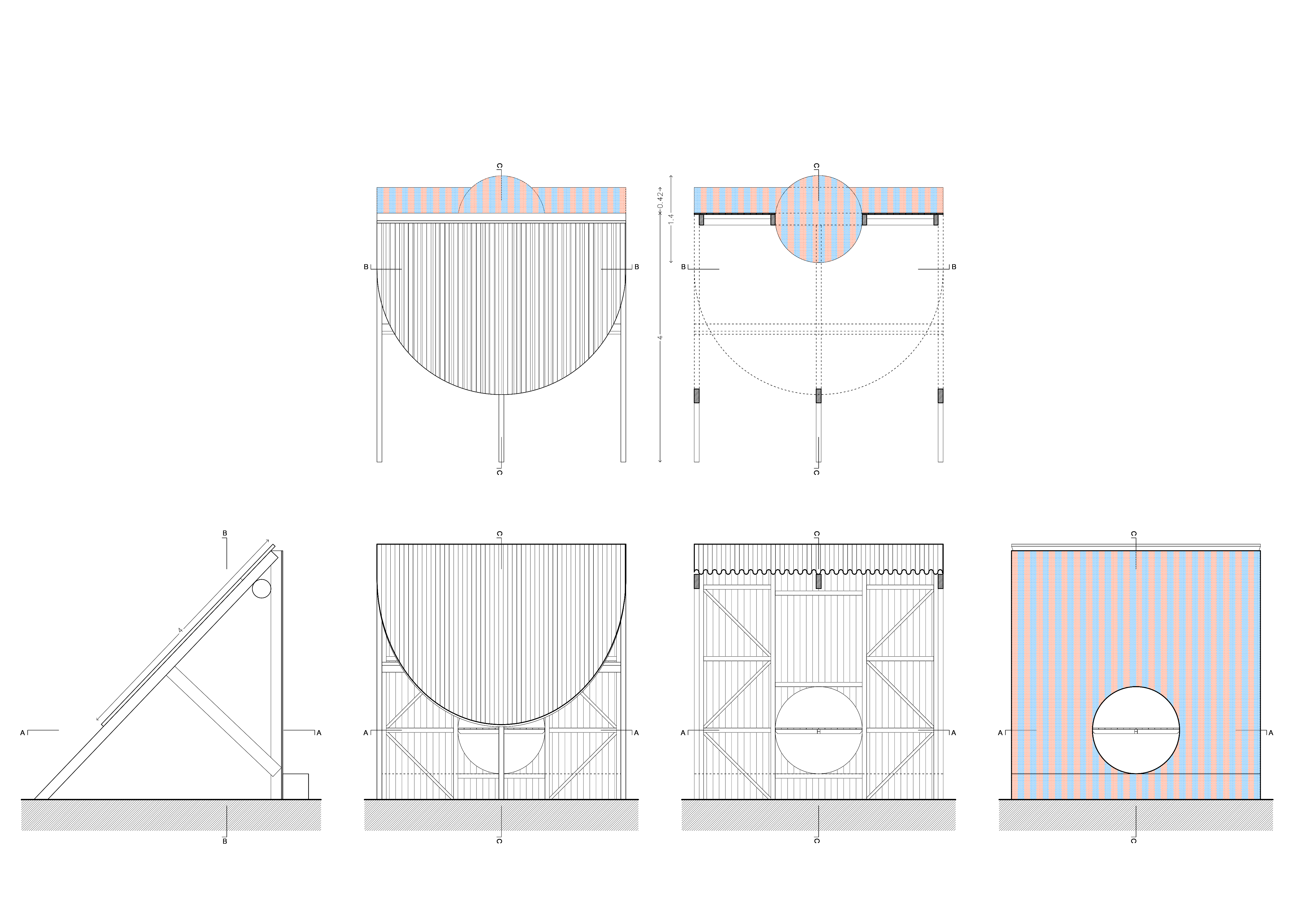
A space of transition between work and celebration, between production and sharing — where architecture, more than mere shelter, stands as a declarative gesture of ongoing care within the neighbourhood. Supposedly ephemeral, the purpose of this architectural artifact lays in the sense of permanence made possible by turning it into a functional ornament. As Tafuri suggested in reference to the Teatro del Mondo, the ephemeral can become eternal.
